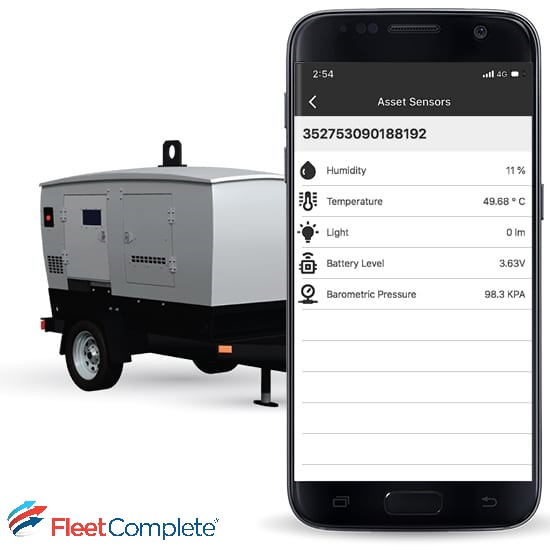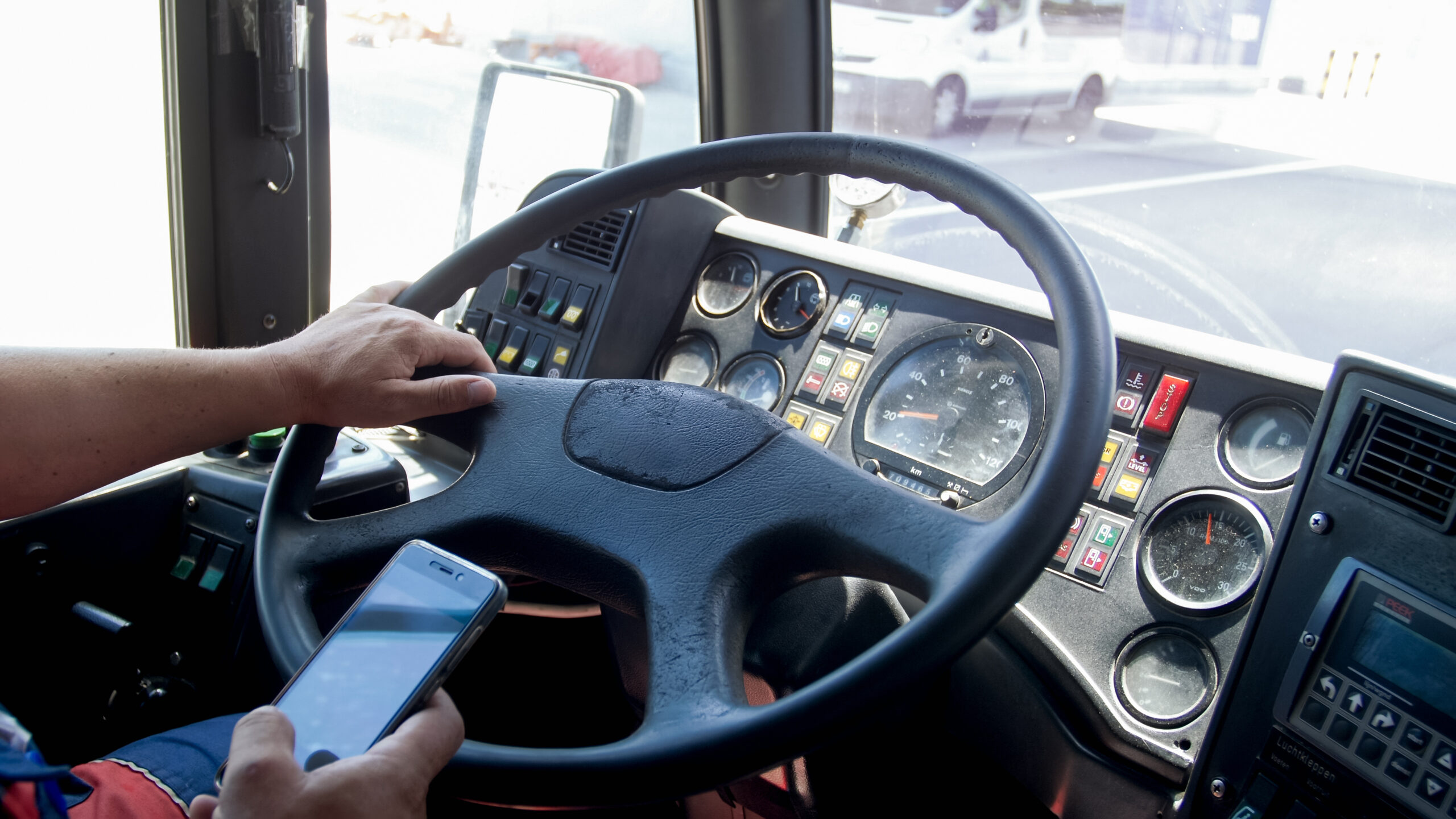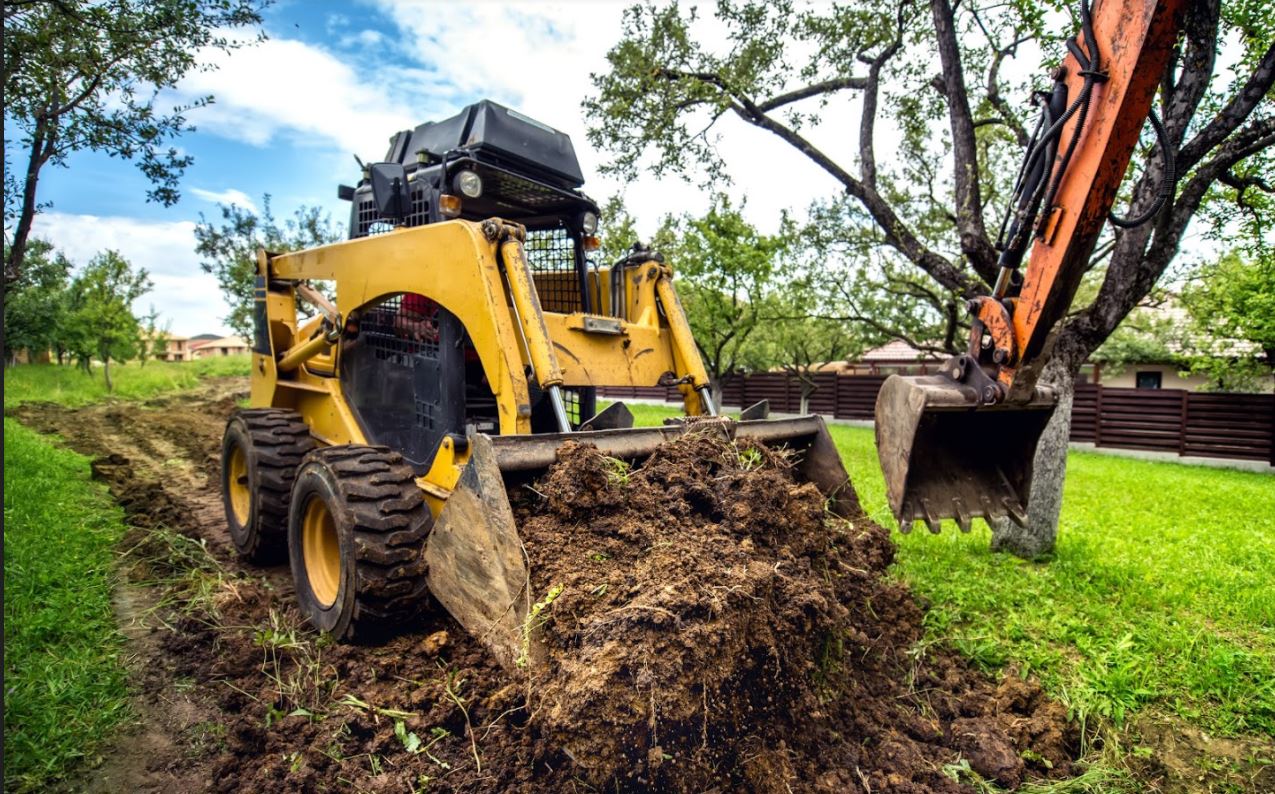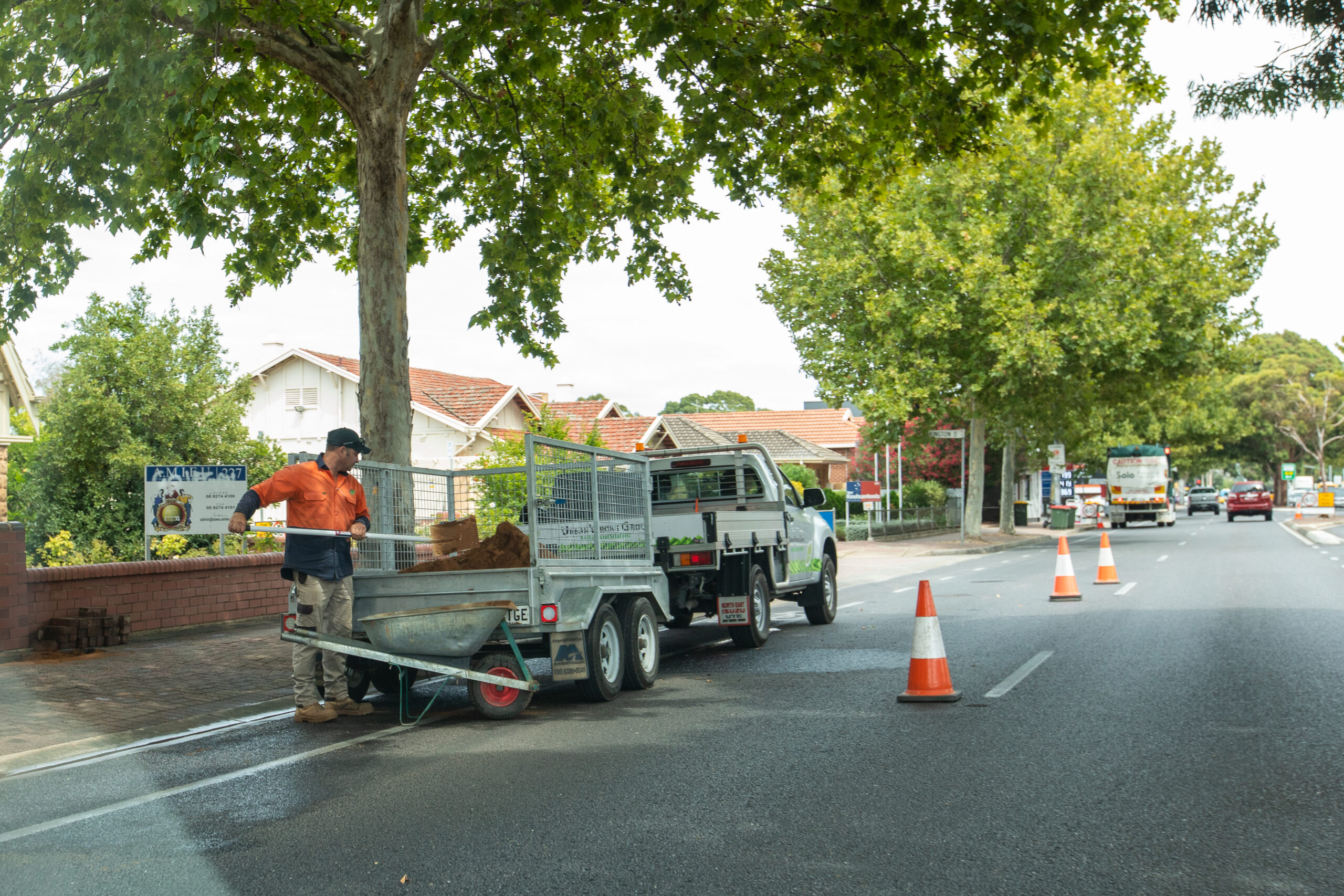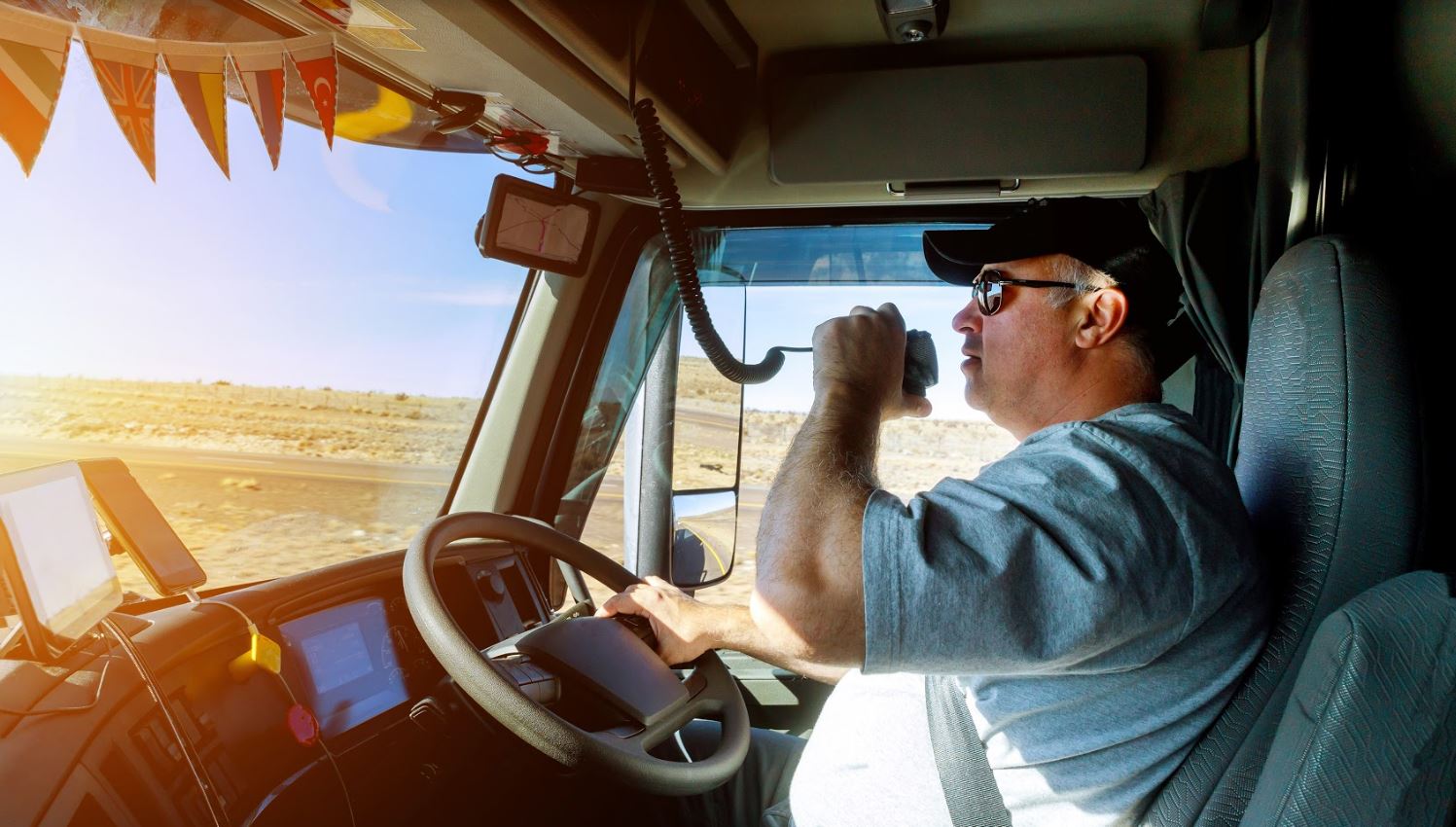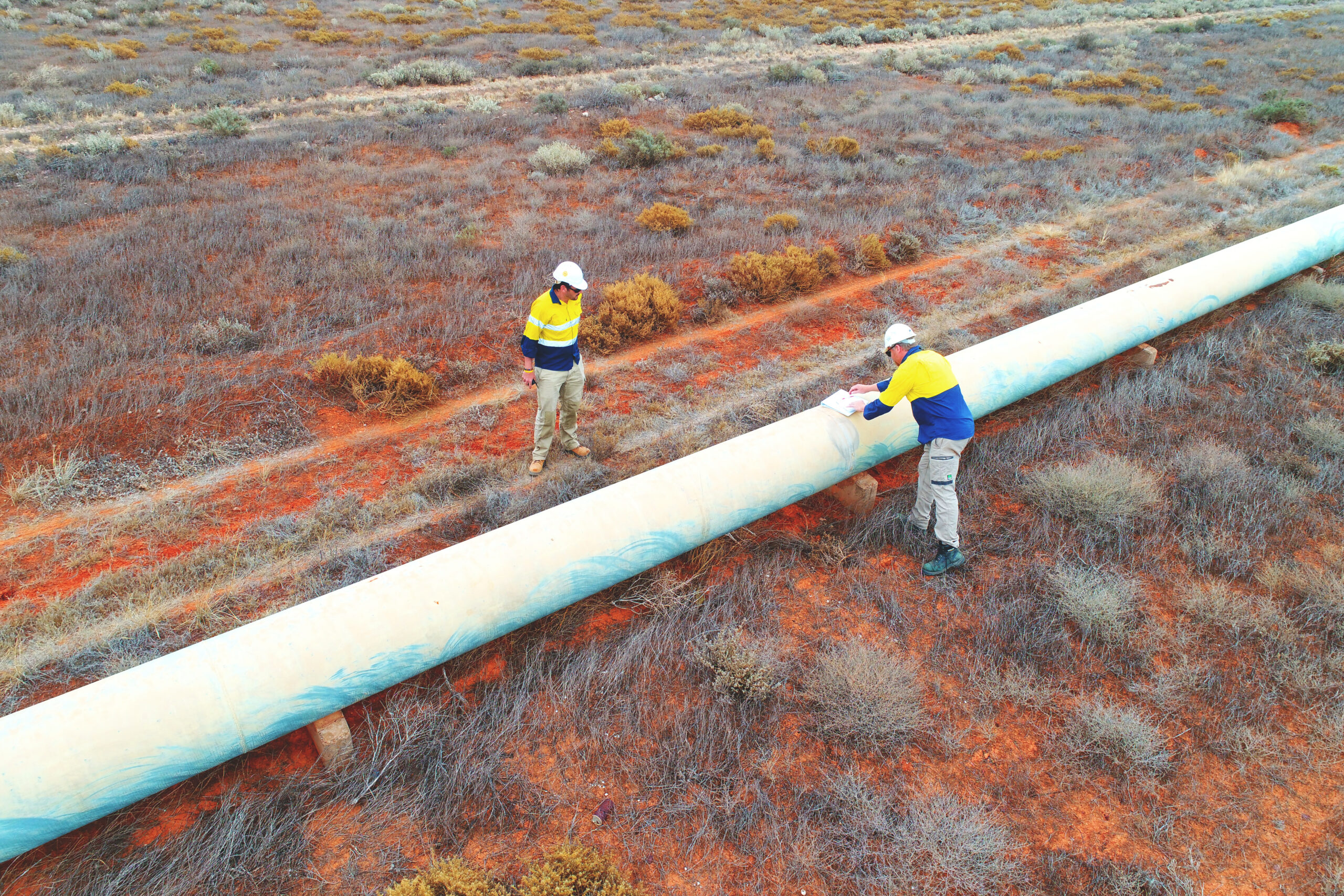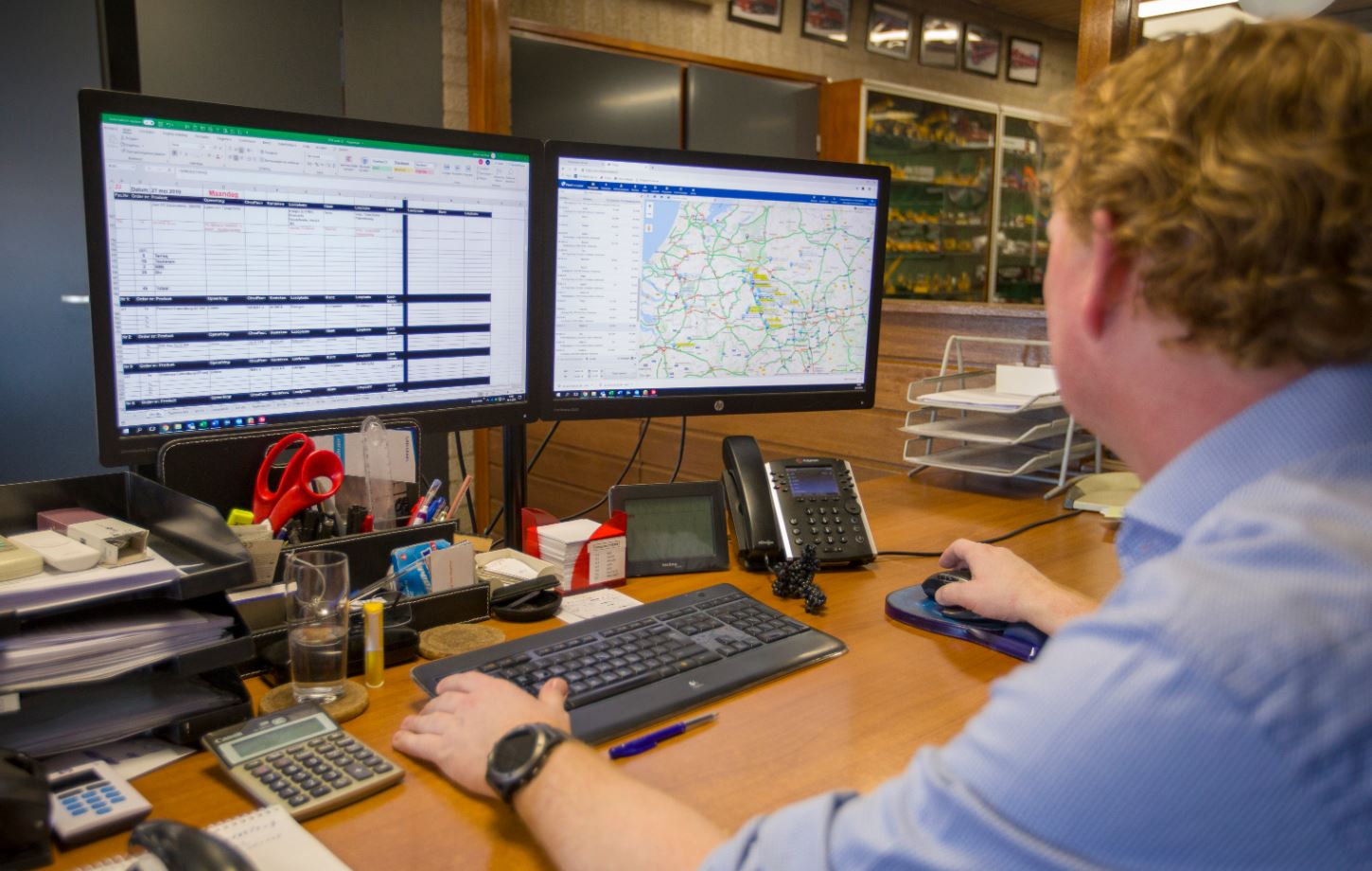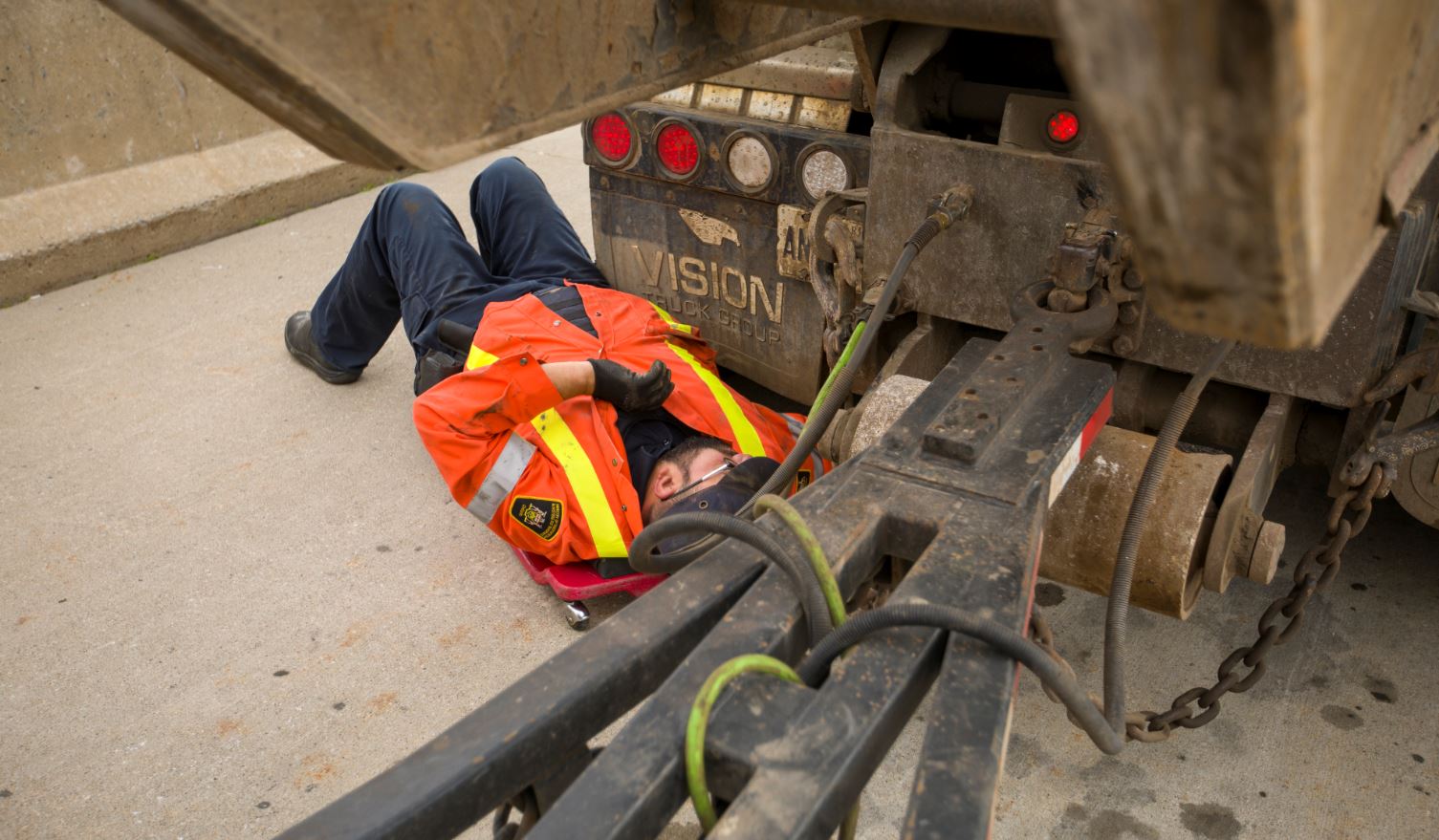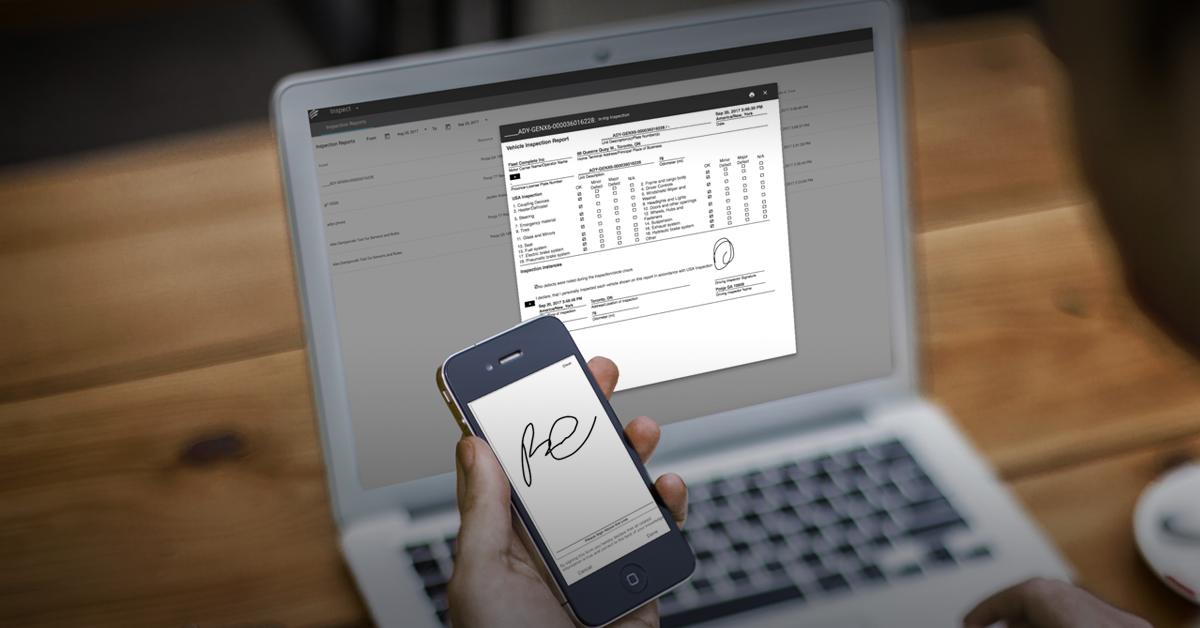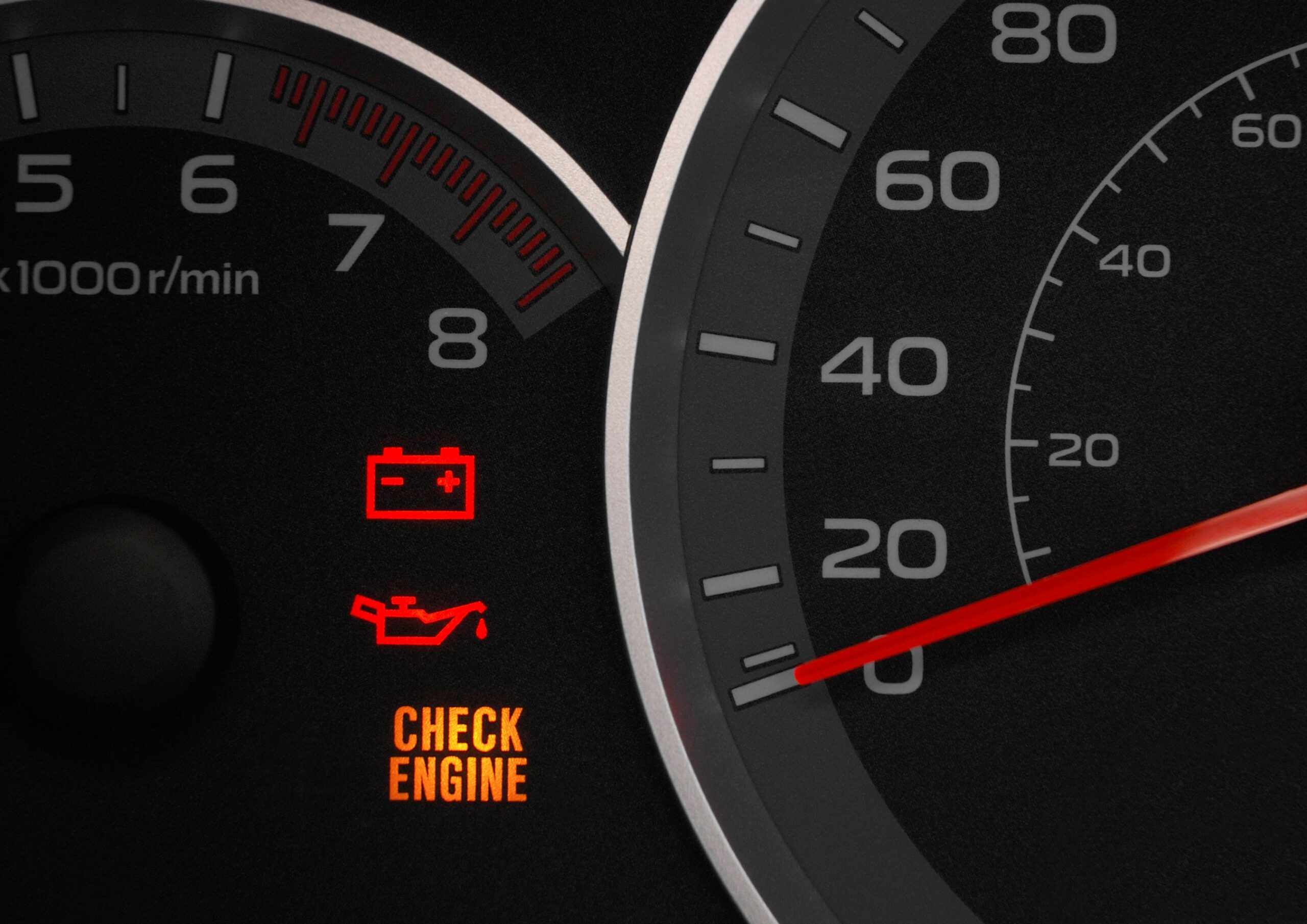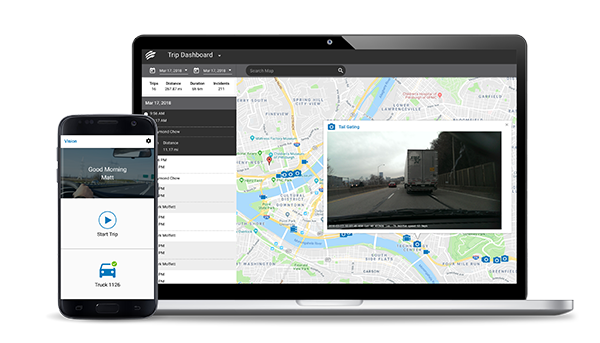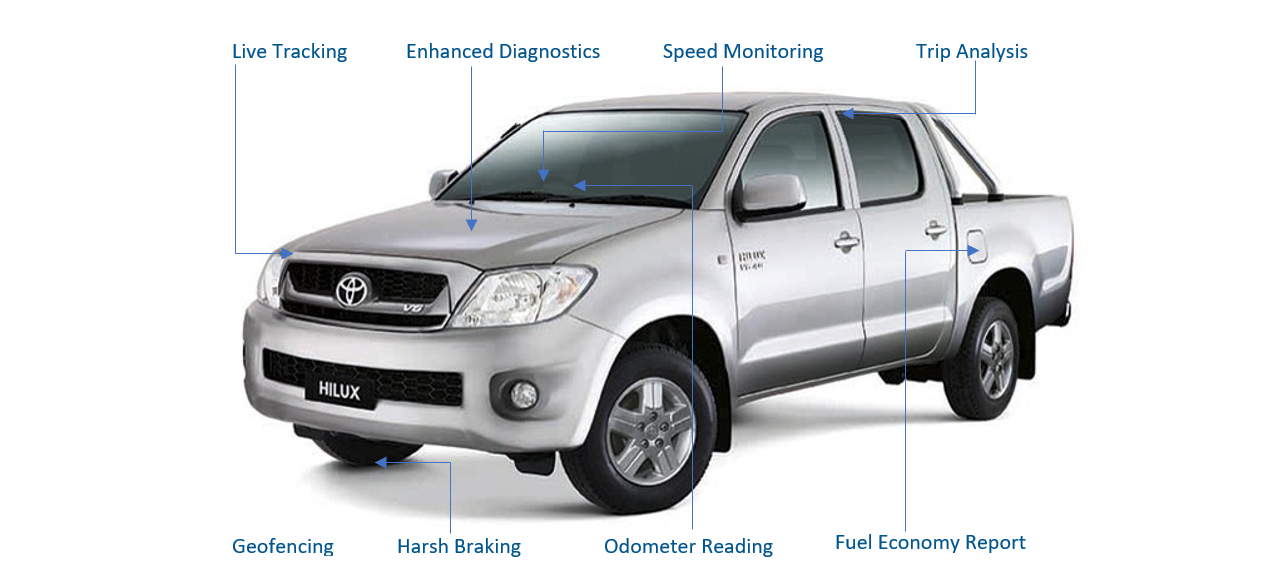An organisation’s fleet of vehicles is one of its most valuable assets. The drivers who work hard to operate these vehicles are also an integral part of the fleet. That’s why all fleet-owning companies and fleet managers need to take active steps to improve the safety of both the fleet and the drivers operating the vehicles. Below, we’ve listed 5 steps to improve the safety of your fleet.

1. Establish a Strong Fleet Safety Policy
A Fleet Safety Policy lays the foundation for an effective fleet safety program. Establishing a clear policy will help drivers understand the organisation’s expectations. It’s also an opportunity for different stakeholders to weigh in and share their perspectives and requirements.
According to Art Liggio, the President of Driving Dynamic, a safety-training program for fleet-based organisations, you need to “Clearly communicate that safety is a core company value and let employees know that no job is so important that it should be done at personal risk. Inform drivers that the executives, managers, and supervisors actively support and participate in achieving the organisation’s safety efforts.”
While crafting a fleet safety policy is a great start, it’s not enough to have it just on the books. Organisations should ensure that policies are used consistently in their programs and that employees and drivers easily understand them.
2. Create a Robust Training Program
Driving a truck is Australia’s deadliest job, with research revealing truck drivers are 13 times more likely to die at work than any other profession.

With these alarming numbers, every fleet organisation must implement a robust safety-training program. According to the OSHA, a safety program not only protects drivers, but the organisation’s financial resources as well. It also guards against the risk of actual and legal losses. Developing, implementing, and enforcing a strong safety program is the best way to avoid crashes that involve employees driving on the job.
You can begin by refining your driver recruitment process and implement regular training programs for both new and existing drivers. Leverage technologies to monitor driver performance, ensure your vehicles are well maintained, and encourage safe driving behavior with incentives. We’ll explore these strategies more below.
3. Leverage Technology
According to Geoff Annesley, fleet companies spend a lot of resources meeting the necessary safety standards while achieving required performance levels.
“It appears that a solution has finally arrived in the form of the Internet of Things (IoT),” he writes. “IoT technology is a critical component to reducing over-all delivery and supply management expenses as it can be combined with other technologies to help improve important dimensions of handling and service fleets.”
Fleet Complete’s GPS-enabled fleet management software, with an engine-connected Fleet Tracker, is a prime example of a helpful IoT solution. While it can boost fleet efficiency and streamline operations, it also has built-in products that promote safe driving, thorough vehicle inspections, and regular vehicle maintenance.
With Fleet Complete’s Vision, drivers get a reliable video event-recording solution that helps them manage their own performance while on the road. Recording is only triggered when there are signs of aggressive driving or traffic violations. Drivers also get live in-cab feedback that can help them manage their driving behaviors.

4. Encourage and Gamify Safety
Applying negative reinforcement alone is not the best way to improve the safety of your fleet. We recommend encouragement, support, and even gamification of safety to implement exciting and fun safety programs for staff members.
You can also consider incentivisation programs. Since 65% of employees prefer non-cash rewards, you can start by offering travel or merchandise bonuses for employees who actively participate and perform well in the safety programs.
5. Assess the Effectiveness of Your Safety Program
Finally, after setting up your safety policy and program, and implementing new technologies with an incentivisation model, you’ll need to evaluate the effectiveness of your safety training consistently.
First, monitor if your drivers are putting what they’ve learned in the program into practice. If they’re not, you need to find out why. Then, you can move on to assessing health and safety metrics. It’s also a good idea to follow up with employees to see if they need any extra help after the training process. With this information, you can then evaluate progress and make any required changes.
Improving the safety of your fleet and drivers should be one of the top priorities for any fleet organisation. Start with a fleet safety policy, create a robust training program, and leverage GPS enabled fleet management software; encouraging and incentivising safety throughout the process, and assessing the program once it’s up and running.
If you’re interested in improving your fleet’s safety, start now by requesting our Fleet Complete demo.






















